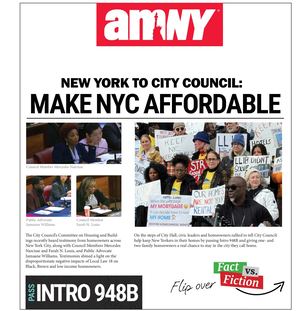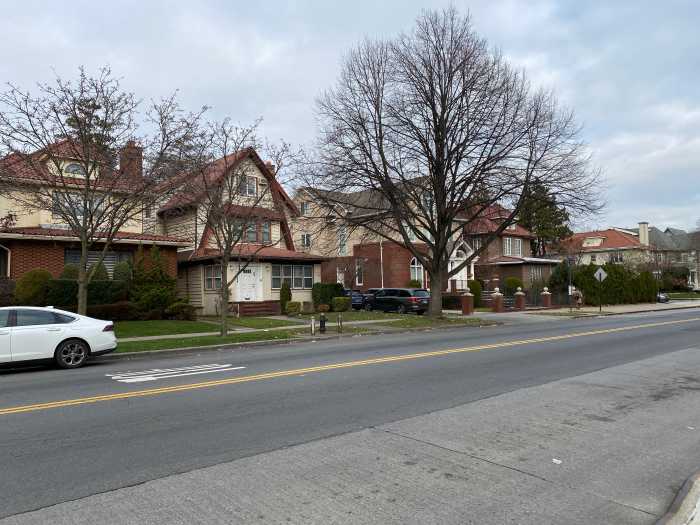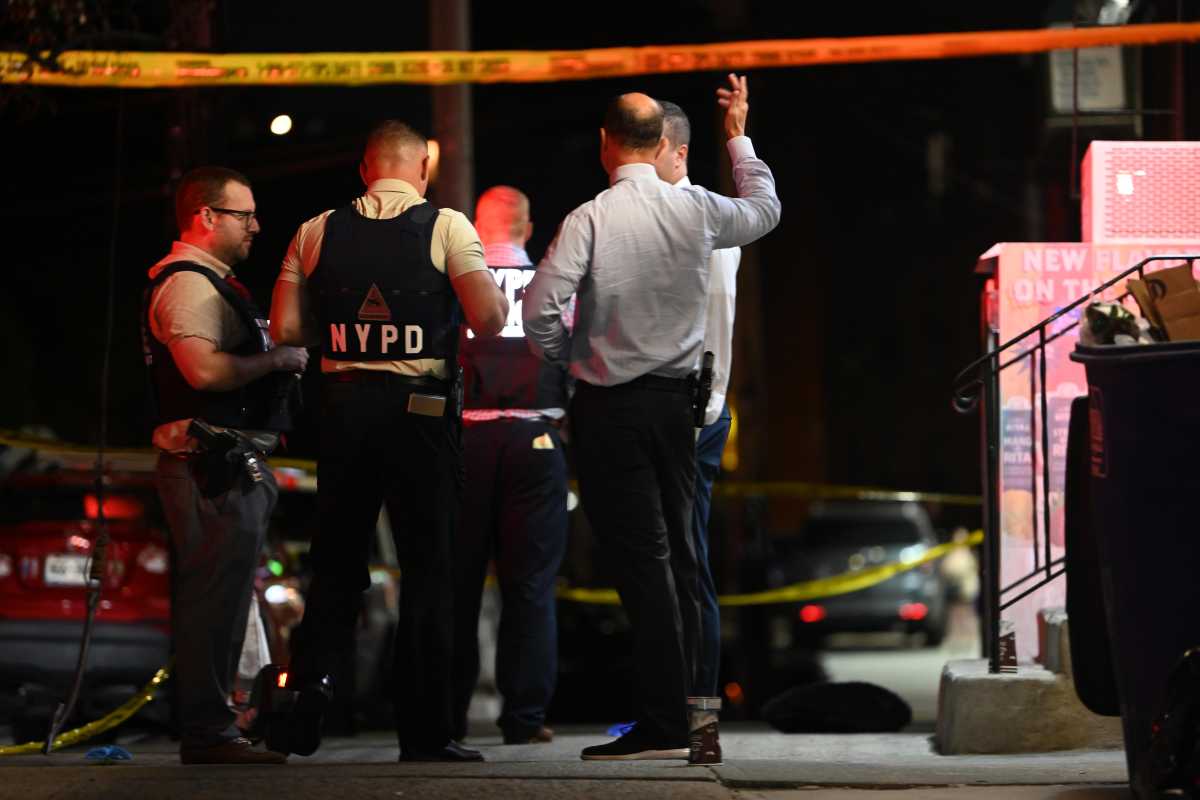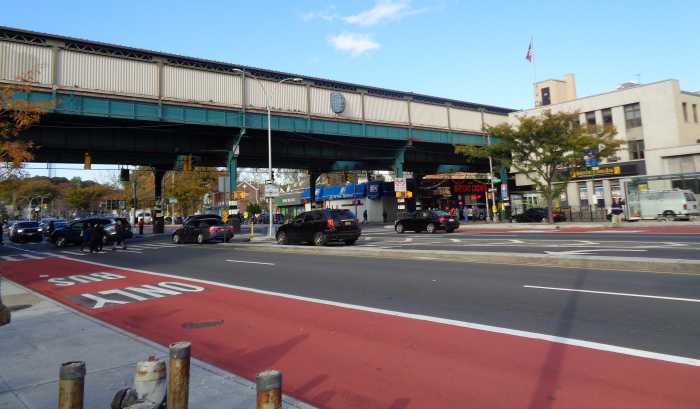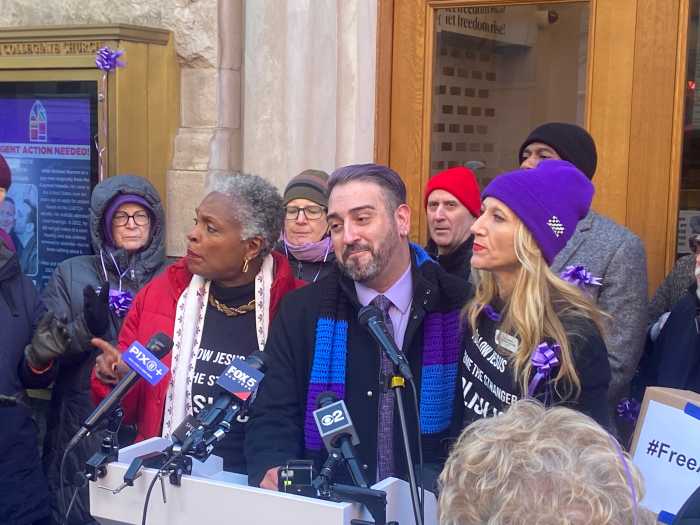The city moved quickly to revise the building code after superstorm Sandy, but landlords of most buildings in the flood plain have not been required to meet these flood-prevention standards.
After Sandy struck, the city passed a handful of building code changes in 2013 meant to protect people during floods, including raising structures above the anticipated flood altitude — or flood-proofing buildings below this point — and ensuring that residents on higher floors can access drinkable water if electric water pumps fail.
Since then, 1,131 new buildings have been constructed in the flood plain that abide by the new code.
The city generally cannot compel landlords of older buildings to adopt these new standards unless they undertake substantial alteration work. So far, 549 structures have hit the substantial alteration threshold – where renovation work amounts to at least 50 percent of the building value – and, consequently, must ensure the construction brings the structure in line with the current code.
But the 75,786 other buildings constructed in the flood plain before 2013 have not completed this type of retrofit, according to the city’s data.
Daniel Zarrilli, the city’s chief resilience officer, said the data does not account for buildings that have been prompted by their insurance providers to lift generators and boilers onto higher floors and harden their infrastructure. He said the private market is pushing many to invest in a higher standard, but it may not be quite as comprehensive as fully abiding by the new code.
“That doesn’t get to everybody, and so that’s why it’s been so important that the city’s programs for housing, in particular, are moving forward and making residential buildings safer,” Zarrilli said of initiatives the Housing Preservation Department and city’s Housing Authority are conducting to make buildings safer. “More and more buildings are going to continue through their natural capital replacement cycles; they are going to be upgrading, so you’ll see those numbers tick up over time.”
But some environmental experts do not expect the same sort of progress without policy changes.
“There has to be changes in basically how the city approaches flood risk management if it really is going to protect those 75,000 properties,” said Natural Resources Defense Council attorney Joel Scata. “It’s true for New York City, but also for a lot of cities that have infrastructure located in the flood plain.”
Illya Azaroff, an associate professor of architecture technology at the New York City College of Technology, said financing a retrofit can be a hurdle for homeowners and landlords that do not quality for related federal programs. Azaroff said the building tally does not account for larger city projects that will protect vulnerable communities, but that, nonetheless, the costs of upgrading homes could lead to massive displacement in the Rockaway Peninsula and southern Brooklyn.
“If they can’t pay for compliance, the increase to their insurance will take their houses away from them over the next decade,” he said.
In its annual resiliency plan, OneNYC, the city indicated that by the end of 2017 it wanted to launch a NYC Resiliency Fund through private and/or nonprofit partners that would help buildings in the 100-year flood plain adopt resiliency measures.
When asked about the fund’s progress, Zarrilli said that some of its goals are being accomplished by other initiatives, including the federally funded Build it Back program and a partnership with the state and a nonprofit focused on adding check valves to homes.
The amount of new development in flood plains has drawn attention. And the Sierra Club of New York City has called for a moratorium on new development in flood-prone, coastal areas, according to a statement from its conservation chair, Lisa DiCaprio.
But Zarrilli said this “binary” way of thinking, is not practical given that so much of the city has already been built up. He said the city is focusing on making buildings in these areas safer, while also advancing plans to limit the density of new structures in some vulnerable areas, like Broad Channel.
